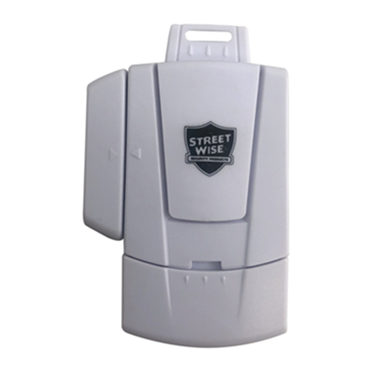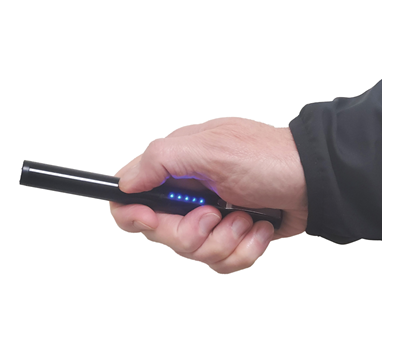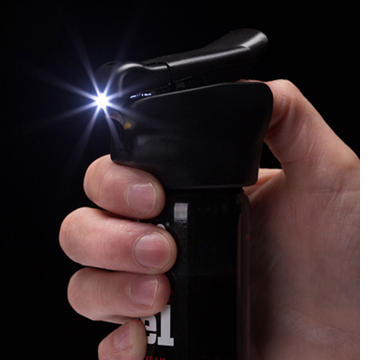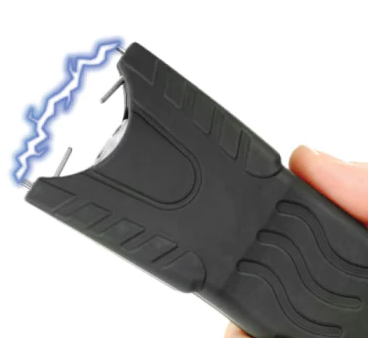How to Protect Your Identity & What to Do if it's Stolen
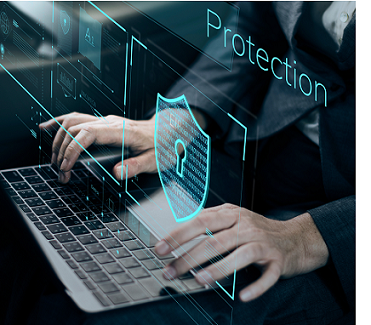
How to Protect Your Identity
In today's digital age, protecting your identity has become more important than ever. With the increasing use of the internet and online services, it is becoming easier for criminals to steal your identity and use it for fraudulent activities. Therefore, it is crucial to take the necessary steps to protect your identity from theft and misuse. In this post, we will discuss some effective ways to safeguard your identity.
- Use Strong Passwords
Using strong passwords is one of the most important steps to protect your identity online. A strong password should be at least 12 characters long and contain a mix of uppercase and lowercase letters, numbers, and special characters. You should also avoid using the same password for multiple accounts and change your passwords regularly.
- Enable Two-Factor Authentication
Two-factor authentication adds an extra layer of security to your accounts by requiring a second form of identification, such as a code sent to your phone or an app, in addition to your password. Enabling two-factor authentication is a simple and effective way to protect your accounts from unauthorized access.
- Keep Your Software Up to Date
Keeping your software up to date is essential to protecting your identity online. Software updates often include security patches that fix known vulnerabilities, making it harder for hackers to exploit them. You should also use anti-virus software to protect your computer from viruses, malware, and other malicious software.
- Be Careful with Personal Information
Be cautious when sharing personal information online, especially on social media. Avoid sharing sensitive information such as your full name, address, phone number, or date of birth. Also, be careful when clicking on links or downloading attachments from unknown sources, as they may contain malware or phishing scams.
- Monitor Your Credit Reports
Regularly checking your credit reports can help you detect any fraudulent activity early. You are entitled to one free credit report per year from each of the three major credit reporting agencies (Equifax, Experian, and TransUnion). You can also sign up for credit monitoring services that alert you to any changes in your credit report.
- Use Virtual Private Networks (VPNs)
A Virtual Private Network (VPN) encrypts your internet connection, making it harder for hackers to intercept your data. VPNs are especially useful when using public Wi-Fi networks, which are often unsecured and easily accessible by hackers.
- Shred Sensitive Documents
Shred any sensitive documents such as bank statements, credit card statements, and bills before disposing of them. This will prevent identity thieves from stealing your personal information from your garbage.
- Limit the Information You Carry
Carry only the essential documents and cards that you need, such as your driver's license and credit cards. Leave your Social Security card and other sensitive documents at home in a safe place.
- Freeze Your Credit
Freezing your credit is an effective way to protect yourself from identity theft. It prevents anyone from accessing your credit report, making it more difficult for fraudsters to open new accounts in your name. In this post, we will discuss how to freeze your credit. To freeze your credit, you will need to contact each of the three major credit reporting agencies (Equifax, Experian, and TransUnion). You can do this online or by phone.
What to do if Your Identity is Stolen
If your identity is stolen, it can be a stressful and overwhelming experience. However, there are steps you can take to get help and minimize the damage. In this post, we will discuss how to get help if your identity is stolen.
- Contact the Credit Reporting Agencies
The first step you should take is to contact the credit reporting agencies (Equifax, Experian, and TransUnion) and place a fraud alert on your credit report. This will notify lenders and creditors that your identity may have been stolen, and they should take extra steps to verify your identity before opening any new accounts or credit lines.
You can also request a free copy of your credit report to review for any unauthorized accounts or transactions. If you find any fraudulent activity, you should dispute it with the credit reporting agencies and the lenders or creditors involved.
- Contact Your Bank and Credit Card Companies
If your bank or credit card company is involved in the identity theft, you should contact them immediately and inform them of the situation. They may be able to freeze your account or cancel your card to prevent further unauthorized transactions.
You should also monitor your accounts regularly for any suspicious activity and report any unauthorized transactions to your bank or credit card company.
- File a Report with the Federal Trade Commission (FTC)
Filing a report with the Federal Trade Commission (FTC) can help you take additional steps to protect your identity and recover any losses. The FTC will provide you with a recovery plan and assist you in notifying other government agencies and businesses of the identity theft.
You can file a report online at the FTC's IdentityTheft.gov website or by calling their toll-free number at 1-877-438-4338.
- Contact Law Enforcement
Reporting the identity theft to your local law enforcement agency can also be helpful in recovering your identity and prosecuting the perpetrator. You should provide them with a copy of your FTC report and any other evidence you have gathered.
- Consider Identity Theft Protection Services
Identity theft protection services can help you monitor your credit report and alert you to any suspicious activity. They may also offer assistance in resolving any identity theft-related issues and provide reimbursement for any losses. However, it is important to research and compares different identity theft protection services before choosing one to ensure that they offer the level of protection you need and are reputable.
In conclusion, protecting your identity online requires a combination of strong passwords, two-factor authentication, software updates, cautious sharing of personal information, credit monitoring, VPNs, document shredding, and limiting the knowledge you carry. By following these tips, you can significantly reduce the risk of identity theft and keep your personal information safe. If your identity is stolen, it is important to act quickly and take the necessary steps to get help. This includes contacting the credit reporting agencies, your bank, and credit card companies, filing a report with the FTC, contacting law enforcement, and considering identity theft protection services. By taking these steps, you can minimize the damage and recover your identity.

